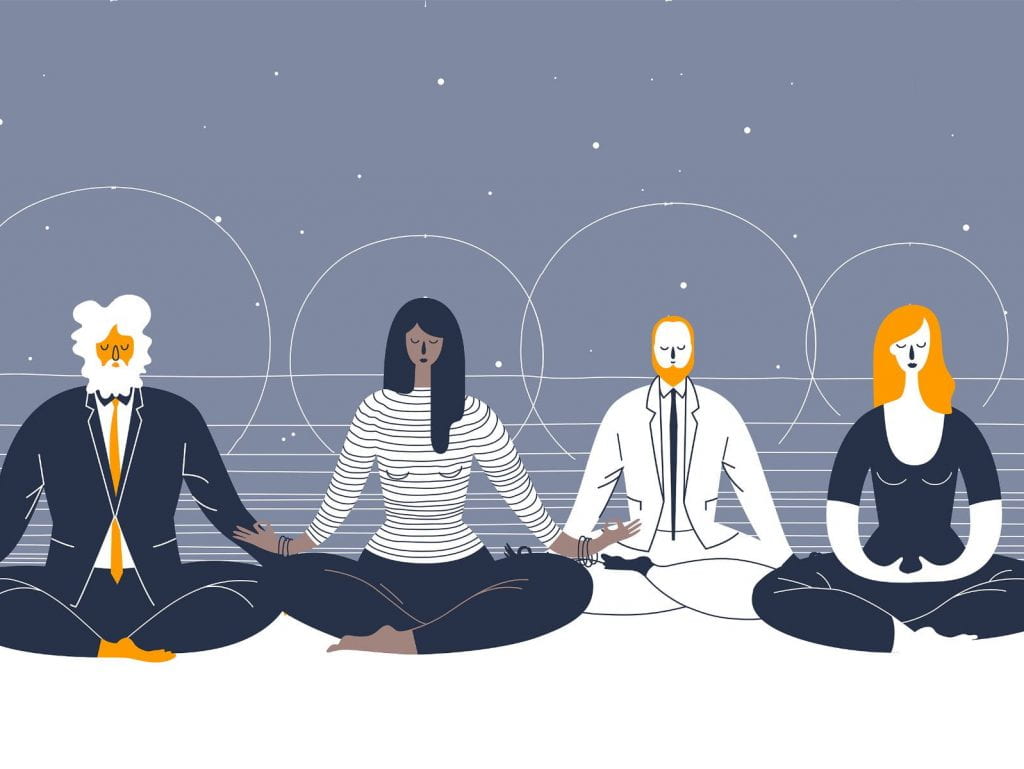By Olivia Olsen
It’s been almost a year since society was shaken by Covid-19 in March 2020.
It’s easy to say we have all had our fair share of stress with the pandemic, school, work and other curveballs (like Nashville’s snow week of Feb. 2021.).
One of the most fascinating takeaways I gained from my experience in lockdown was being able to reflect on my relationship to well…everything. More importantly I’ve thought on how I respond to people and situations.
We live in a reactive world.
We are surrounded by stimulus more than ever now that our school, work and basic connection has become virtual.
Our brains are used to being constantly active. They work even when we’re asleep. If anything, it’s comfortable for our thoughts to keep going and going to the point that we don’t realize how much work we’re doing.
The future is the most pressing topic that runs around in my mind as a college student during the pandemic. And whether you’re a college student or a seasoned professional, the future is probably something that’s on your mind too.
We are always thinking about the next steps: What am I going to eat for dinner tonight? Whose emails do I still need to respond to? When will it be safe to go back on campus or work? Where will I be next year, and will I be happy?
And even though we may be working from our couches giving our limbs a break, our minds are still moving at a mile a minute.
I’m going to provide the safe space here for all of us to agree Zoom, or any remote form of connection, is exhausting. Not that it isn’t worthwhile for the circumstances we face, but it is tiring emotionally and physically.
So how can we take a healthy step toward facing the fast-paced, unpredictable world we live in?
The answer is one word: mindfulness.
Dr. John Kabat-Zinn, professor at the University of Massachusetts Medical School and pioneer in modern-day mindfulness practices, defines mindfulness as “awareness through paying attention, on purpose, in the present moment and non-judgmentally.”
A future-oriented mindset isn’t a bad thing. However, there are times when we need to take a step back from what is to come and focus on the now.
Choosing to engage in mindfulness practices gives us stress relief, increased focus and the opportunity to become better communicators.
When we are able to be more aware of ourselves and our surroundings without judgement, we are able to apply those skills to our conversations.
Because mindfulness exercises are used to decrease stress, they aid in reminding us to take a second to absorb what’s in front of us rather than quickly reacting. We may not immediately interpret someone’s comment as harsh and respond rashly. Instead, we sit with just the content of the sentence for a few seconds before replying.
We are also more prone to being fully present in our discussions.
During mindfulness practices, it is advised to fully immerse yourself in the current moment, to absolve yourself from any thoughts of past, future and what others perceive you to be.
Once we apply tactics we learn from mindfulness in our everyday interactions, we strengthen our ability to listen to others with empathy and an open mind.
We can start incorporating mindfulness in our daily lives in various ways. The most common—and my personal favorite—mindfulness exercise is meditation.
A study conducted by Dr. Virginia Lemay and colleagues from the University of Rhode Island had 17 college students engage in weekly yoga and meditation sessions. After an hour of a Vinyasa yoga flow and guided meditation, researchers found a decrease in students’ stress levels.
You can follow a guided meditation to get a glimpse of how to meditate on your own. I use a smartphone app Calm, but Headspace is another popular option among others.
For now, here are some steps on how to meditate:
- Find a quiet space. This can be anywhere, as long as it’s quiet enough so you know you won’t be distracted.
- Sit comfortably upright in a chair or on a pillow. Gently rest your hands on your knees.
- Close your eyes.
- Start to breathe. (I prefer through my nose, but I know others that gently exhale through their mouth.)
- Focus on your breath. Do you feel you stomach rise and fall? Your chest expand and contract? Note where you feel your breath moving within your body.
- Continue to follow the feeling of your breath for three minutes.
Try meditating for as little as a couple minutes every day or a couple times each week. The first few times will probably feel uncomfortable–remember, our brains always want to be active.
That discomfort will subside the more you meditate. Mindfulness is a practice, meaning time and consistency are key players if we want to improve.
When you give yourself a break with a short meditation, you are bound to feel rested and slightly more content in the chaotic world we live in.
Happy meditating!
Cover Image: Mindful
